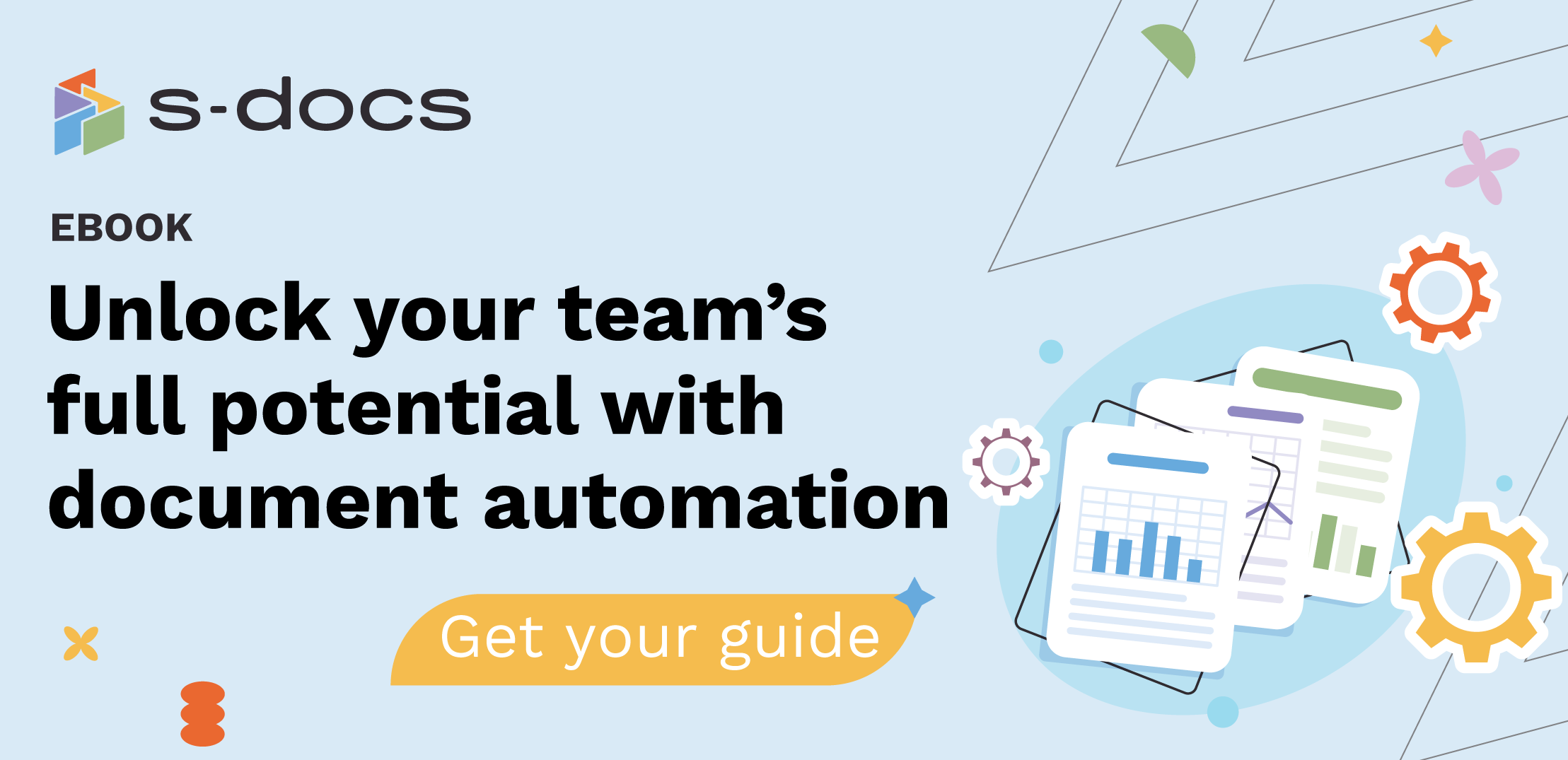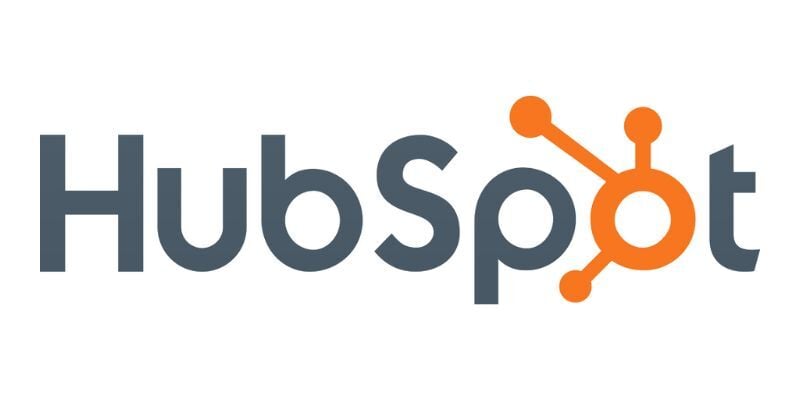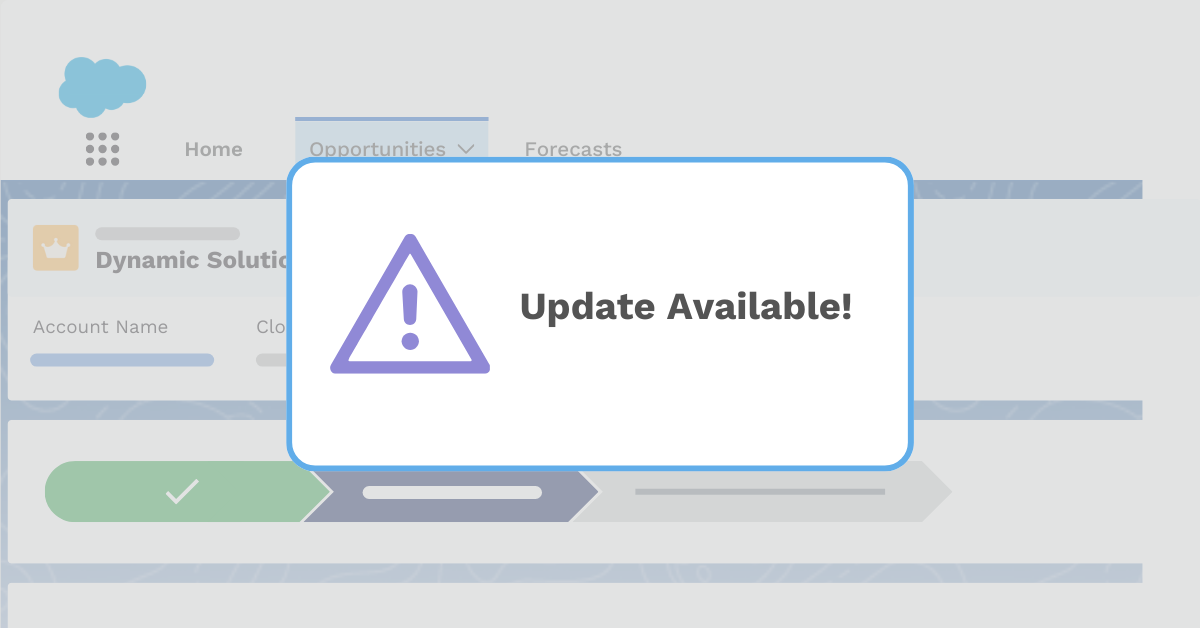You’ve probably heard about the security and compliance benefits of native Salesforce apps. Since they never send data off-platform, native apps can be trusted in the same way that Salesforce can be trusted.
Native Salesforce app performance, on the other hand, is a lesser known gem. The on-platform infrastructure of native apps allows them to function more harmoniously with the processes already occurring in your org. The result? Pretty big performance benefits - benefits that can enable you and your team to work more efficiently.
You Might Also Like: Reduce Your Compliance Burden With Native Salesforce Apps
Native Salesforce App Performance Benefits
Click a native app advantage to scroll down to it!
1. Native Salesforce Apps Don’t Experience External Server Latency
Server latency is the time it takes for a packet of data to travel from one destination to another. When you integrate two separate systems (for example, Salesforce and an Enterprise Resource Planning (ERP) system), latency will occur as the two systems talk to each other.
Native Salesforce apps don’t experience this server latency because they don’t need to communicate with external systems to function. The resources that they use are directly inside your Salesforce org.
Native apps may offer integrations with external systems - for example, S-Docs allows you to generate documents in Salesforce and store them in external repositories like Google Drive or Box - but their core functionality only depends on Salesforce.

Because of this, native apps will typically respond much faster than non-native alternatives.

2. Native Salesforce Apps Don’t Use Up API Calls
An API call is a set of protocols and tools that allow interaction between two applications. Your Salesforce org is only able to make a limited number of API calls per day; running out can stall business processes.
Native apps do not count against your org’s daily API limits. Because they are built on the Lightning Platform, they don’t require interfacing with external applications. Even if you do run out of API calls, your native app will still function.
You Might Also Like: How Native Salesforce Apps Reduce Your Total Cost of Ownership
On the other hand, non-native apps may require multiple API calls per invocation. When you add up calls being made by other processes in your org, you may approach your API limits faster than you think. Once reached, your non-native apps may not continue working until your API limits are reset, or you purchase more.
Depending on the function of your non-native app, this can range from annoying to business-breaking.
3. Native Salesforce Apps Have Balanced Resource Usage
Because they run on the Salesforce platform exclusively, native Salesforce apps must adhere to Salesforce governor limits. While this may sound intimidating, governor limits exist to ensure resources are allocated efficiently across Salesforce’s multi-tenant platform. They help prevent runaway processes from monopolizing resources, and prevent the use of unsupported processes.
These governors ensure that native apps follow best practices and operate within your org as efficiently as possible. Your native app resource usage will be smoothly balanced, translating to better performance and no peaks and valleys.
While non-native apps are not bound by these governor limits, there’s no guarantee that their performance will be consistent.
4. Native Salesforce Apps Have Unmatched Uptime
Nothing is more frustrating than opening an app you rely on, only to find that it’s temporarily down. App downtime can impede your business processes - and there’s really no way to see it coming.
That is, unless you use native apps. Since native Salesforce apps run on Salesforce’s servers, they’ll always be up when Salesforce is up. Essentially, this means that native apps are always working when you need them - if Salesforce is down, you won’t be able to use your apps in the first place, native or not.
The best part about the fact that native apps share Salesforce’s uptime is that Salesforce publishes their system status in real time. You can check the service availability for any of their products at your convenience.
You Might Also Like: How Native Salesforce Apps Drive Innovation
Native Salesforce Apps Are Partners To Salesforce Users
All in all, the ROI you obtain from Salesforce is derived not only from how you use the platform itself, but also from the solutions you choose to enhance or extend it. Leveraging native Salesforce apps is a step toward a more productive and cohesive org.
They make efficient use of your org’s resources to deliver better performance that raises the quality of work possible in Salesforce. In many cases, native Salesforce apps are the best choice for enterprise organizations looking for solutions that can handle their volume of work, and are poised to scale with them.
S-Docs: 100% Native Document Generation & E-Signature For Salesforce
S-Docs is the only 100% native document generation and e-signature solution for Salesforce. Create complex documents, send them for e-signature, and automate your workflows faster and more efficiently.
S-Docs is trusted by leading enterprise organizations because it helps them create the mission-critical documents they need at scale. Whether it’s ten documents a day or 1,000 at once, S-Docs is able to meet your document workflow requirements.
Interested in learning more? Request a demo today or contact sales@sdocs.com. We’d be happy to walk you through how we can help transform your Salesforce document workflows.


.png)




